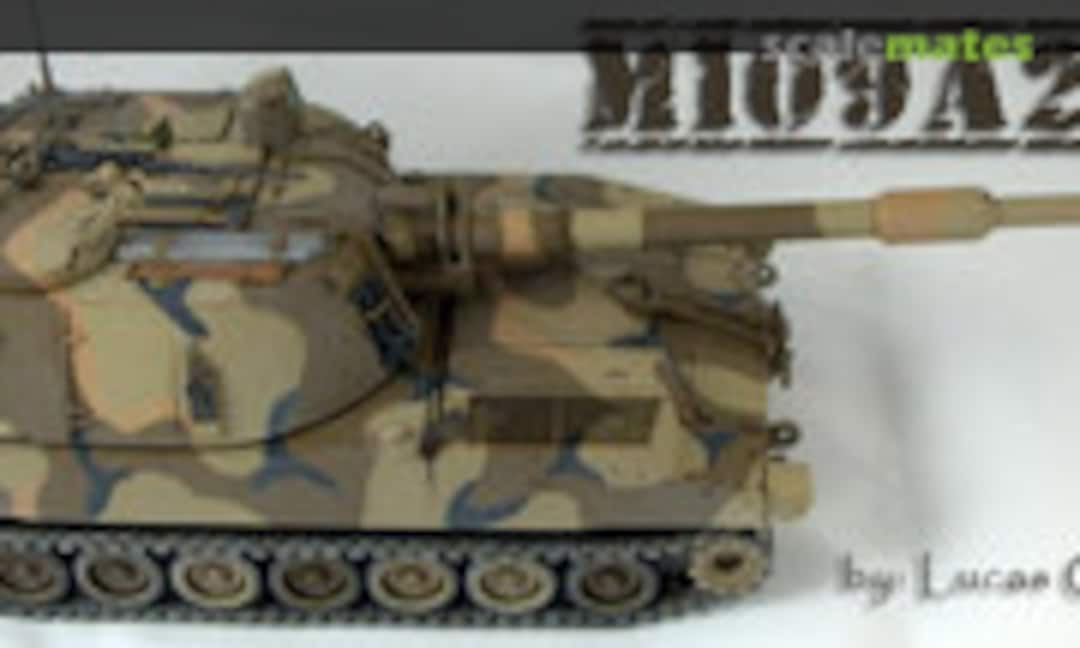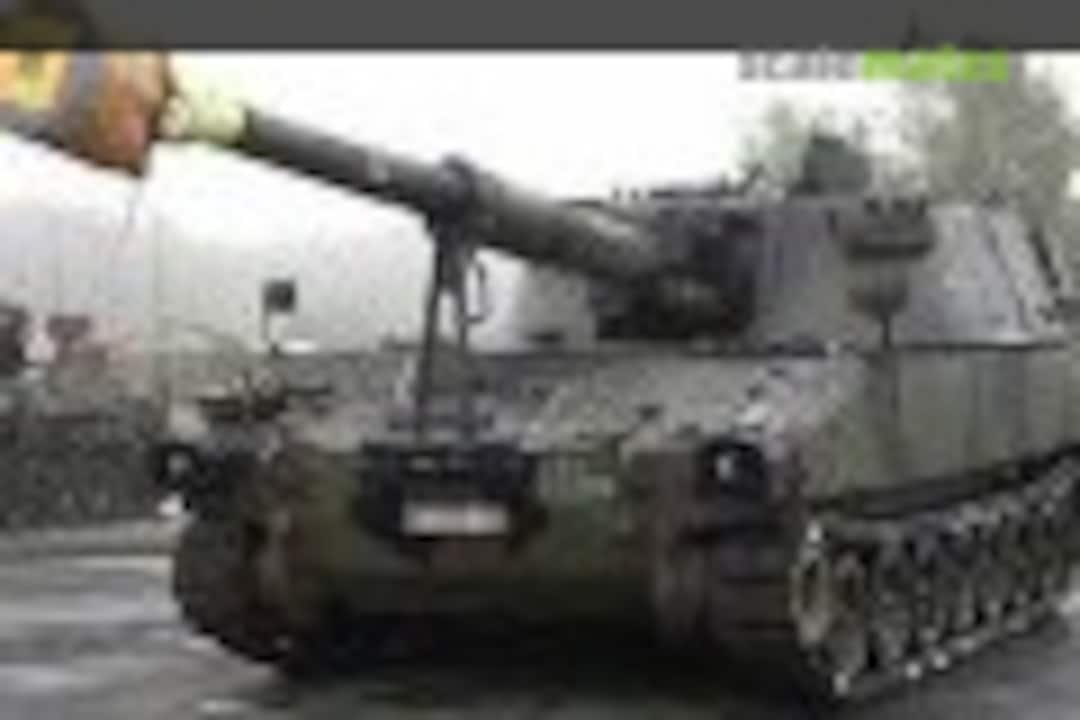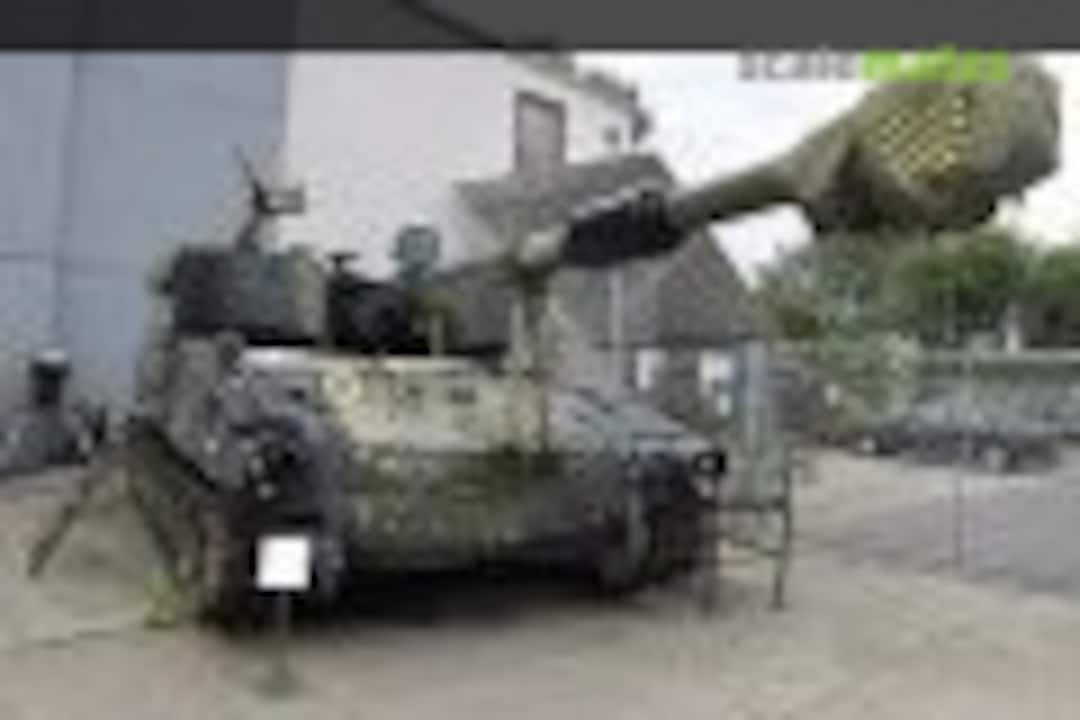M109
Info
- Name:
- M109
- Category:
- Vehicles » Self-propelled artillery
- Used from:
- 1962–Now
- Used by:
- Manufacturer:

- Also known as:
- 155mm Self-propelled Howitzer
Hot kits
Products

T-161 Workable Tracks (3D Printed) for M109A7/M2A3/M2A4/M7A3
Rye Field Model (RFM) 1:35
3028 2024* New tool Multi-topic (2)
T-161 Workable Tracks for M109A7/M2A3/M2A4/M7A3
Rye Field Model (RFM) 1:35
3027 2024* New tool Multi-topic (2)Books

Militär & Geschichte Der Kampf um Narvik

M108-M109-M109A1/A2 Self Propelled Artillery Vehicle | Military Photo File
Warmachines No. 1 | 496
Francois Verlinden, Willy Peeters
1990 
M108/109 SPH in detail M108 & M109 A1/2 U.S. Self-Propelled Howitzers
Present Vehicle Line No. G 040
Jan Horák, František Kořán
2015 Gallery
View all gallery articles » (36)



























